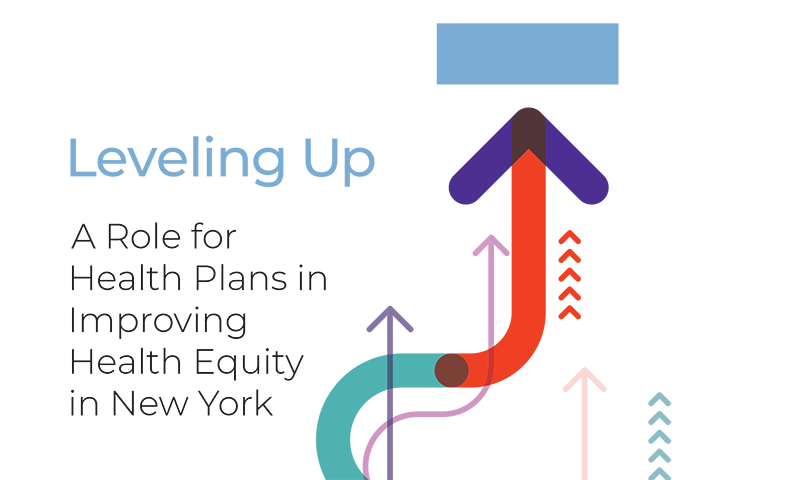The Health Insurance Project works to identify ways to expand and strengthen public and private health insurance in New York. It helps fashion solutions to emerging policy, regulatory, and implementation challenges that stand between New Yorkers and affordable, equitable, quality health coverage. The work of the Health Insurance Project is grounded in a deep understanding of New York’s health coverage landscape, and it takes many forms.
Our analyses help policymakers target scarce resources and design effective programs. One recent analysis gave a voice to the uninsured in 16 upstate New York counties by pairing statistical data with findings from listening sessions with residents, recommending ways to boost enrollment. Similarly, past analyses of detailed health plan financial and enrollment data have illuminated emerging market trends, regulatory and policy challenges, and problems facing consumers. Periodic analyses of census data have also provided snapshots of the distribution of coverage and uninsured rates, further helping policymakers and industry watchers.
With the passage of the Affordable Care Act in 2010, the Health Insurance Project turned its attention to the vast task of implementing the landmark law, which granted states significant discretion. In a series of issue briefs and convenings, we targeted issues such as how to design and create an insurance exchange, improving health plan provider networks for consumers, and determining what benefits must be included in coverage. Since the NY State of Health Marketplace opened for business in 2014, our work has focused on highlighting the impact of the ACA on New York, measuring New York’s progress under the law, and examining approaches to build on it. With the political changeover in Washington in 2016, defending New York’s coverage gains against “repeal and replace” proposals in Congress, harmful federal regulations, and legal challenges assumed paramount importance.
Despite persistent attempts to undermine the ACA, New York used various tools—Medicaid expansion, premium subsidies, and the Basic Health Program (known in New York as the Essential Plan)—to keep driving its uninsurance rate down to reach less than 5 percent, a historic low. Since the onset of the COVID-19 pandemic, the Health Insurance Project has worked to spread the word on health options for those who have lost their coverage on the job, or through the death of a loved one. The American Rescue Plan Act, one of the first initiatives of a new administration in Washington, significantly expanded coverage options for individuals who lost job-based coverage, and enhanced the ACA to improve affordability as well. The Health Insurance Project will be keeping a weather eye on new opportunities that arise through this reinvigorated state-federal partnership, with a special focus on meeting the enormous health equity challenges laid bare during the pandemic.
Supporters
The Health Insurance Project is grateful for the support from grantmakers who make its work possible, including The New York Community Trust; the Health Foundation for Western & Central New York; the NY State Health Foundation; and the TD Charitable Foundation.


UHF's Medicaid Institute prepares and maintains a set of data visualizations that support better understanding of New York Medicaid. They display objective and publicly available information about Medicaid. The interactive figures were prepared by UHF’s Medicaid Institute using Tableau and are updated regularly.
- After the American Rescue Plan: Trick or Treat?Oct. 29, 2021 | Peter Newell
As New York seeks to get out from under the COVID-19 virus and its variants, what further initiatives would help reach New Yorker…
- Extra Coverage Help Under the American Rescue Plan for New Yorkers Who Lost Jobs and Job-Based InsuranceAug. 4, 2021 | Peter Newell
A HealthWatch brief examining the ways that the 2021 American Rescue Plan Act will help consumers afford premiums on lost employe…
- Can You Provide Pre-existing Condition Protections Without the ACA? It’s Not So EasyOct. 29, 2020 | Peter Newell
Peter Newell, director of UHF’s Health Insurance Project, highlights the numerous ways ACA provisions protect consumers with pre-…



